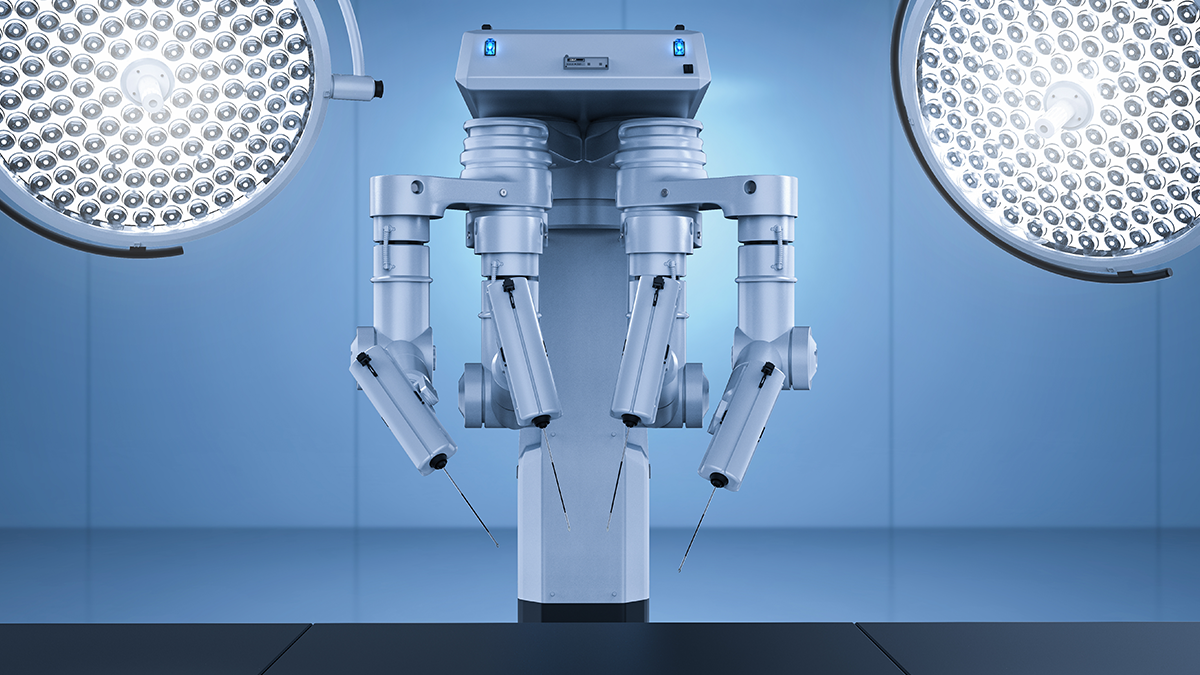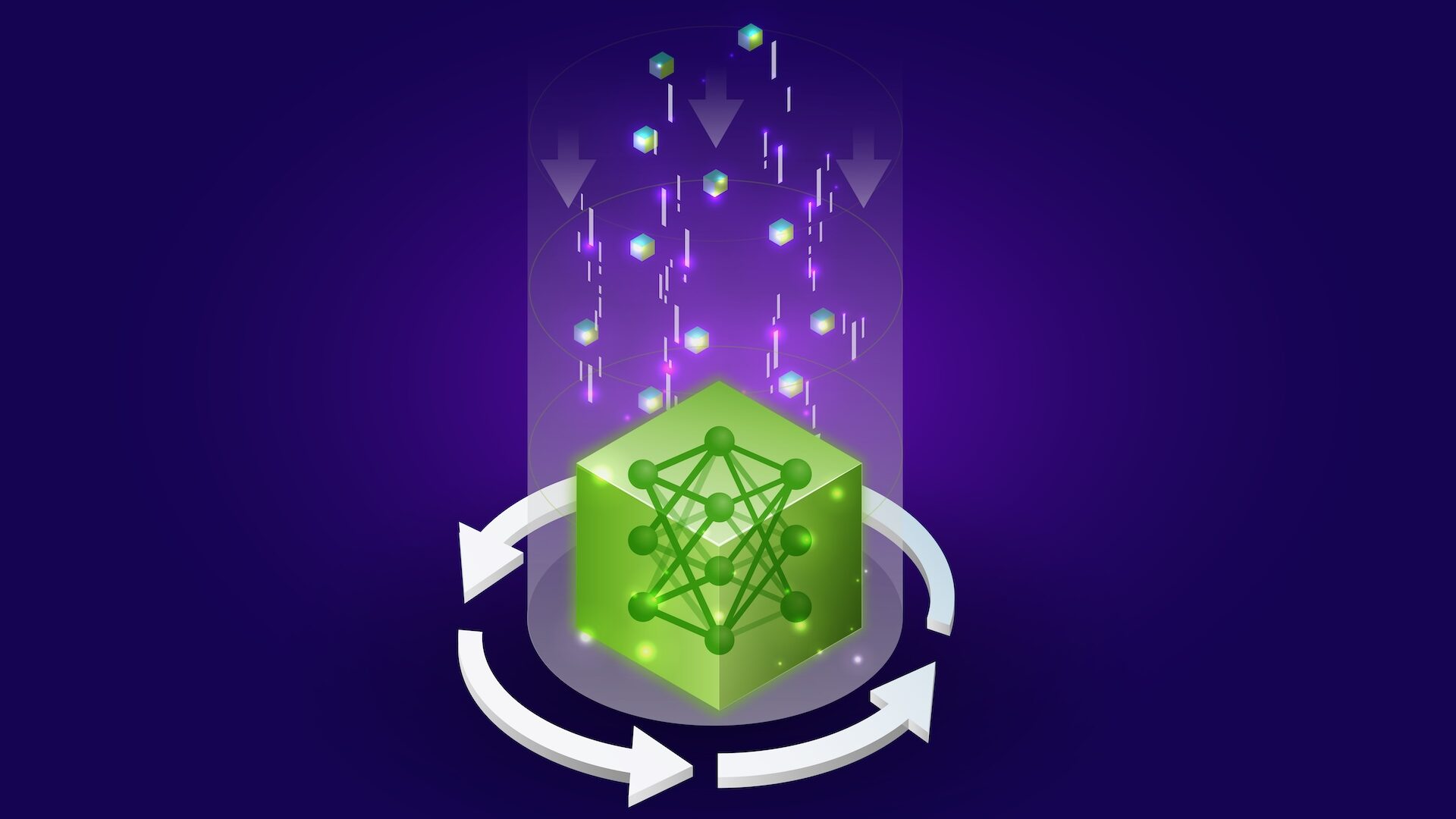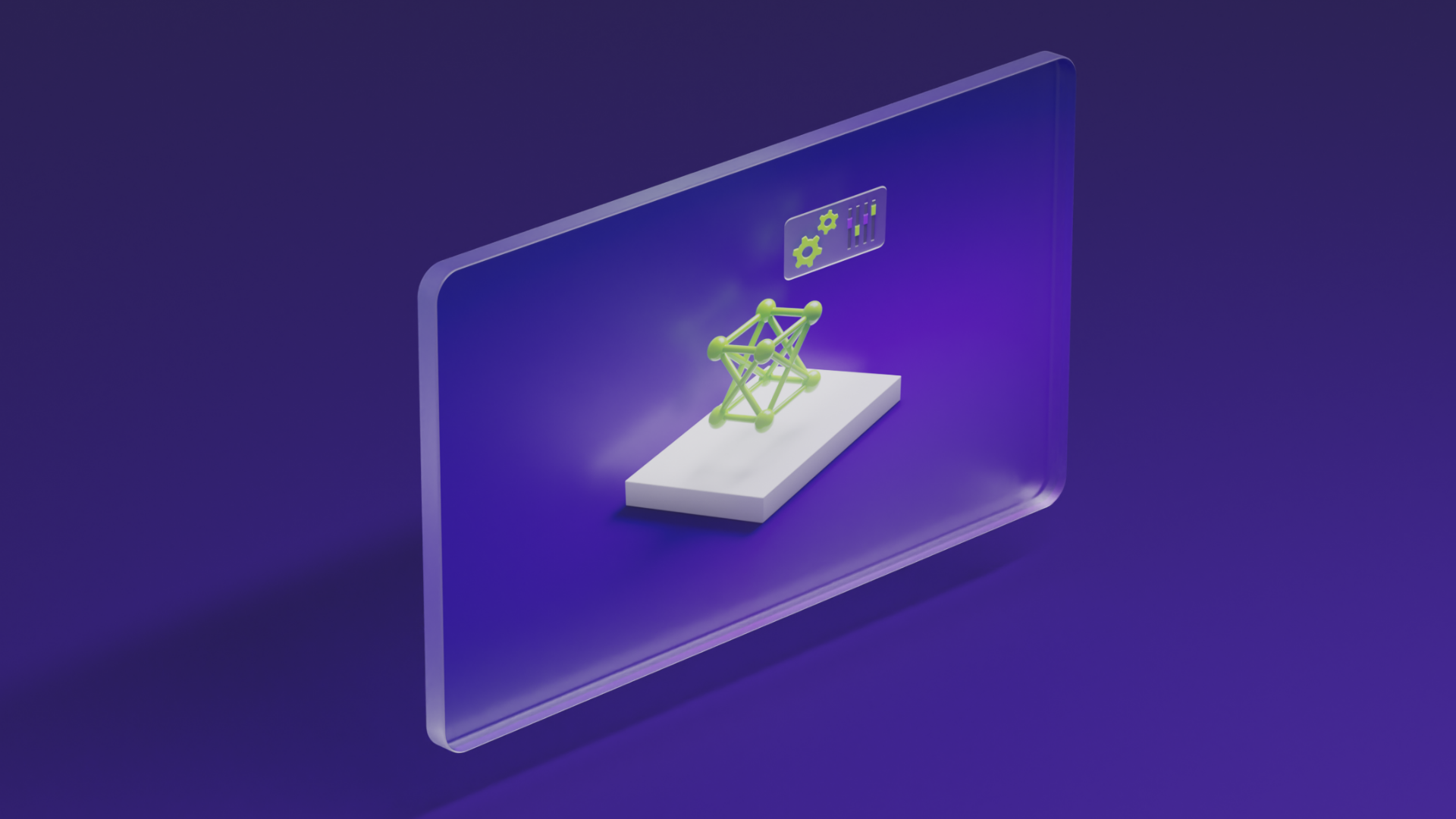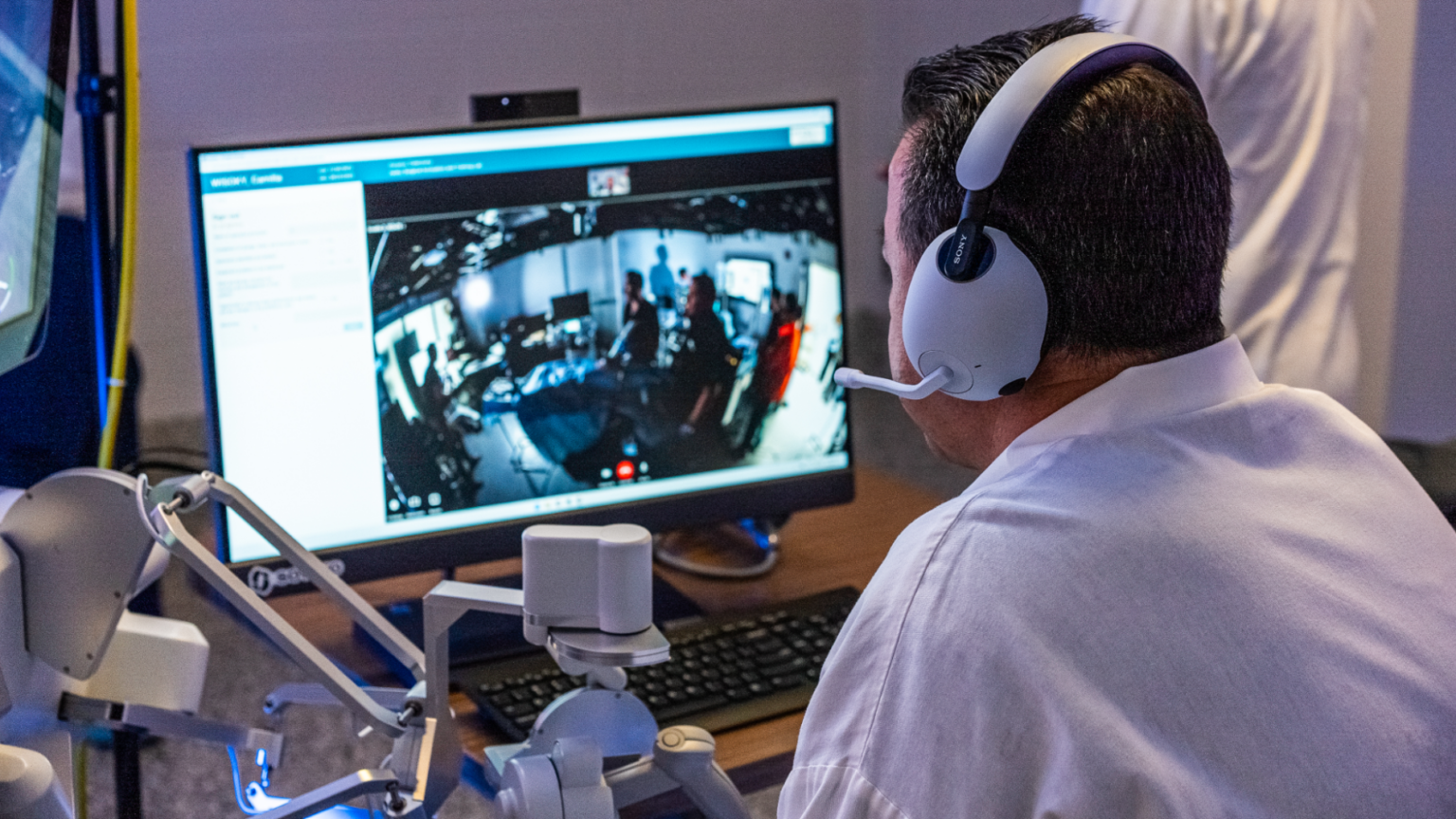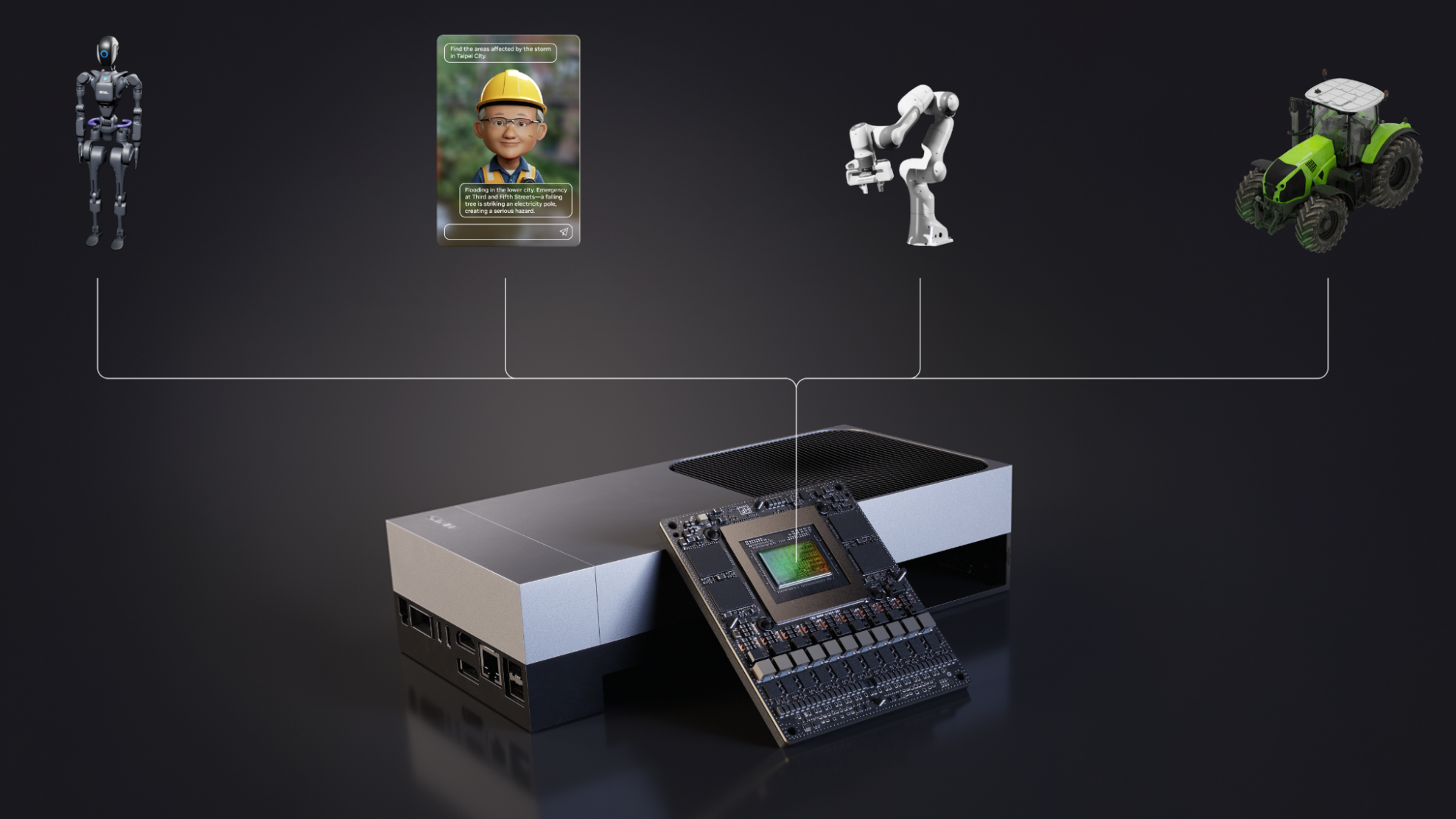
Introducing NVIDIA Jetson Thor: The Ultimate Platform for Physical AI
Sources: https://developer.nvidia.com/blog/introducing-nvidia-jetson-thor-the-ultimate-platform-for-physical-ai, https://developer.nvidia.com/blog/introducing-nvidia-jetson-thor-the-ultimate-platform-for-physical-ai/, NVIDIA Dev Blog
Overview
NVIDIA Jetson Thor represents a new generation of edge robotics computing designed for physical AI. It integrates a high-performance edge computer with native support for multimodal sensing and generative reasoning, enabling robots to operate flexibly across varied tasks and environments without reprogramming for each job. Built around the NVIDIA Blackwell architecture, Jetson Thor delivers substantial AI compute at the edge and is designed to work hand in hand with NVIDIA’s robotics and AI software stacks to accelerate autonomous and interactive robotics workflows. At the heart of the platform is the Jetson AGX Thor Developer Kit, paired with the Jetson T5000 module, and optimized for a power envelope around 130 W. The platform is engineered to accelerate large and diverse models—from vision-language-action (VLA) models like NVIDIA Isaac GR00T N1.5 to popular large language models (LLMs) and vision-language models (VLMs)—and to run multiple models and multimodal sensor streams in real time. Jetson Thor provides a platform that enables faster prototyping and deployment for humanoid robots, autonomous machines, and industrial automation use cases. Jetson Thor is designed to support a seamless cloud-to-edge experience, running the NVIDIA AI software stack for physical AI applications, including NVIDIA Isaac for robotics, NVIDIA Metropolis for visual agentic AI, and NVIDIA Holoscan for sensor processing. By combining a robust hardware platform with an integrated software stack, Jetson Thor aims to accelerate edge AI workloads while maintaining deterministic, real-time performance for mission-critical robotics tasks. Key architectural attributes include native FP4 quantization with a next-generation Transformer Engine that can dynamically switch between FP4 and FP8 for efficiency, MIG (Multi-Instance GPU) for predictable, isolated resource allocation, and a rich set of accelerators for perception and motion tasks. This architecture enables scalable generative reasoning, fast sensor fusion, and responsive control across a broad set of robotic platforms. Jetson Thor leverages a suite of NVIDIA software and ecosystem components to deliver end-to-end capabilities: CUDA 13.0 across Arm targets, JetPack 7 with Linux kernel 6.8 and Ubuntu 24.04 LTS, and a suite of tools and libraries for edge AI, computer vision, and robotics workflows. The platform is positioned as a foundation for next-generation humanoid robots and other complex edge systems that require robust AI at the edge.
Key features (highlights)
- NVIDIA Blackwell GPU with 128 GB memory supporting up to 2070 FP4 TFLOPS of AI compute within 130 W
- Up to 7.5x higher AI compute and 3.5x better energy efficiency versus Jetson AGX Orin
- MIG (Multi-Instance GPU) for partitioning a single GPU into isolated, predictable workloads
- 14-core Arm Neoverse-V3AE CPU plus a suite of accelerators: third-generation Programmable Vision Accelerator (PVA), dual encoders/decoders, optical flow accelerator, and more
- Native FP4 quantization with dynamic FP4/FP8 Transformer Engine for fast, accurate generative AI workloads
- Extensive I/O including 4x25 GbE QSFP, wired Multi-GbE RJ45, USB, and multiple other interfaces for high-bandwidth sensor fusion
- Built to run Isaac GR00T N1.5 and a wide range of LLMs and VLMs, enabling edge generative reasoning and multimodal processing
- Unified CUDA 13.0 installation across Arm targets for simplified development and deployment
- Full-stack NVIDIA software: NVIDIA Isaac, NVIDIA Metropolis, and NVIDIA Holoscan, with Holoscan Sensor Bridge for sensor interoperability
- Cosmos Reason 7B VLM support and edge-to-cloud capabilities for real-time decision making
- Real-time, low-latency execution with features like a Preemptable Realtime Kernel and MIG-aware resource planning
- Platform readiness for humanoid robotics and other demanding edge robotics workloads
Common use cases
- Humanoid and industrial robots requiring flexible, human-like reasoning and long-horizon planning
- Real-time object manipulation, navigation, and following complex instructions in dynamic environments
- Edge deployment of generative AI models (LLMs, VLMs, and VLAs) with multimodal sensor streams
- Sensor fusion and perception pipelines that demand high bandwidth and deterministic latency
- AI-driven visual search, summarization, and video analytics at the edge (VSS workflows)
- Robotics applications that need isolation of critical workloads via MIG while running non-critical tasks in parallel
Setup & installation (exact commands; fenced code with language tags)
The source material describes capabilities and software compatibility but does not provide exact setup or installation commands. Below is a placeholder indicating that setup instructions are not included in the source excerpt.
# Commands for Jetson Thor setup are not provided in the source excerpt.
# Refer to official NVIDIA JetPack/Jetson Thor documentation for exact steps.Quick start (minimal runnable example)
The source focuses on capability and performance highlights rather than end-to-end runnable tutorials. A minimal, faithful quick-start outline based on the source would emphasize using the NVIDIA software stack to load and run a multimodal AI workload on Thor, with MIG partitioning to guarantee determinism for critical tasks and with Holoscan for sensor integration. The exact runnable steps and code are not provided in the source.
- Outline: boot Jetson Thor, install the JetPack 7 stack, enable MIG partitions, load Isaac GR00T N1.5 or another supported model, start a multimodal inference loop, and validate latency under load.
- Expected observations: multiple models and sensor streams handled in real time with TTFT well under a few hundred milliseconds and TPOT under tens of milliseconds for small prompts (as reported in model benchmarks).
Pros and cons
- Pros:
- High edge AI compute with substantial memory and bandwidth
- Strong energy efficiency relative to earlier Jetson generations
- MIG enables predictable performance for mixed-critical workloads
- Broad accelerator set accelerates perception and motion tasks
- Native FP4/FP8 path improves throughput for generative models
- Rich I/O supports high-bandwidth sensor fusion
- Ecosystem alignment with Isaac, Metropolis, and Holoscan
- Cons:
- Power envelope is relatively high (around 130 W) and may factor into system design
- Setup and integration require careful resource planning and software integration
- While very capable, the exact practical pricing/licensing details are not provided in the source
Alternatives (brief comparisons)
| Platform | Key strength | Notes from source | Relative performance vs Orin |---|---|---|---| | Jetson Thor (AGX Thor) | Generative reasoning and multimodal edge AI with MIG | 128 GB RAM, Blackwell GPU, FP4/FP8, 14-core Neoverse | Up to 7.5x higher AI compute; up to 3.5x better energy efficiency | Other options in the Jetson family (e.g., Jetson AGX Orin) are mentioned for comparison in terms of efficiency and compute, but detailed specifications beyond the stated performance deltas are not provided in the source excerpt.
Pricing or License
Pricing and licensing details are not provided in the source excerpt. Jetson Thor is described as a developer platform and developer kit with general availability, but no price information is included here.
References
More resources
CUDA Toolkit 13.0 for Jetson Thor: Unified Arm Ecosystem and More
Unified CUDA toolkit for Arm on Jetson Thor with full memory coherence, multi-process GPU sharing, OpenRM/dmabuf interoperability, NUMA support, and better tooling across embedded and server-class targets.
Cut Model Deployment Costs While Keeping Performance With GPU Memory Swap
Leverage GPU memory swap (model hot-swapping) to share GPUs across multiple LLMs, reduce idle GPU costs, and improve autoscaling while meeting SLAs.
Improving GEMM Kernel Auto-Tuning Efficiency with nvMatmulHeuristics in CUTLASS 4.2
Introduces nvMatmulHeuristics to quickly select a small set of high-potential GEMM kernel configurations for CUTLASS 4.2, drastically reducing auto-tuning time while approaching exhaustive-search performance.
Fine-Tuning gpt-oss for Accuracy and Performance with Quantization Aware Training
Guide to fine-tuning gpt-oss with SFT + QAT to recover FP4 accuracy while preserving efficiency, including upcasting to BF16, MXFP4, NVFP4, and deployment with TensorRT-LLM.
How Small Language Models Are Key to Scalable Agentic AI
Explores how small language models enable cost-effective, flexible agentic AI alongside LLMs, with NVIDIA NeMo and Nemotron Nano 2.
Getting Started with NVIDIA Isaac for Healthcare Using the Telesurgery Workflow
A production-ready, modular telesurgery workflow from NVIDIA Isaac for Healthcare unifies simulation and clinical deployment across a low-latency, three-computer architecture. It covers video/sensor streaming, robot control, haptics, and simulation to support training and remote procedures.
